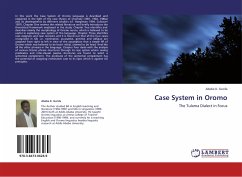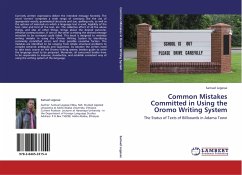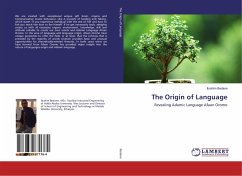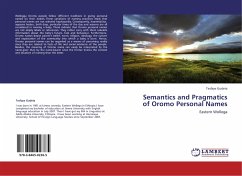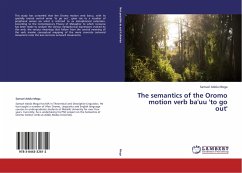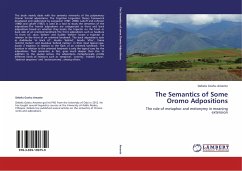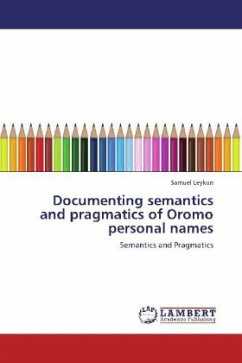In this work the Case System of Oromo language is described and explained in the light of the case theory of Chomsky (1981, 1982, 1986a) and its developments by different scholars (cf. Haegeman 1994, Culicover 1997). Chapter One reviews the related literature and briefly introduces the theoretical framework employed in the study. Chapter Two identifies and describes mainly the morphology of Oromo nouns, which is believed to be useful in explaining case system of the language. Chapter Three identifies case assigners and case receivers and it is found out that all the four cases recognized in GB, i.e. nominative, accusative, genitive and oblique are assigned from right to left in view of the assumption that a simple NP of Oromo which was believed to be head -initial, claimed to be head -final like all the other phrases in the language. Chapter Four deals with the analysis of various Oromo phrase structures through its case system where raising predicates and inter-clausal passive structures are found to select a sentential complement. The predicate of the sentential complement has the potential of assigning nominative case to its Spec which is against UG principles.
Bitte wählen Sie Ihr Anliegen aus.
Rechnungen
Retourenschein anfordern
Bestellstatus
Storno

